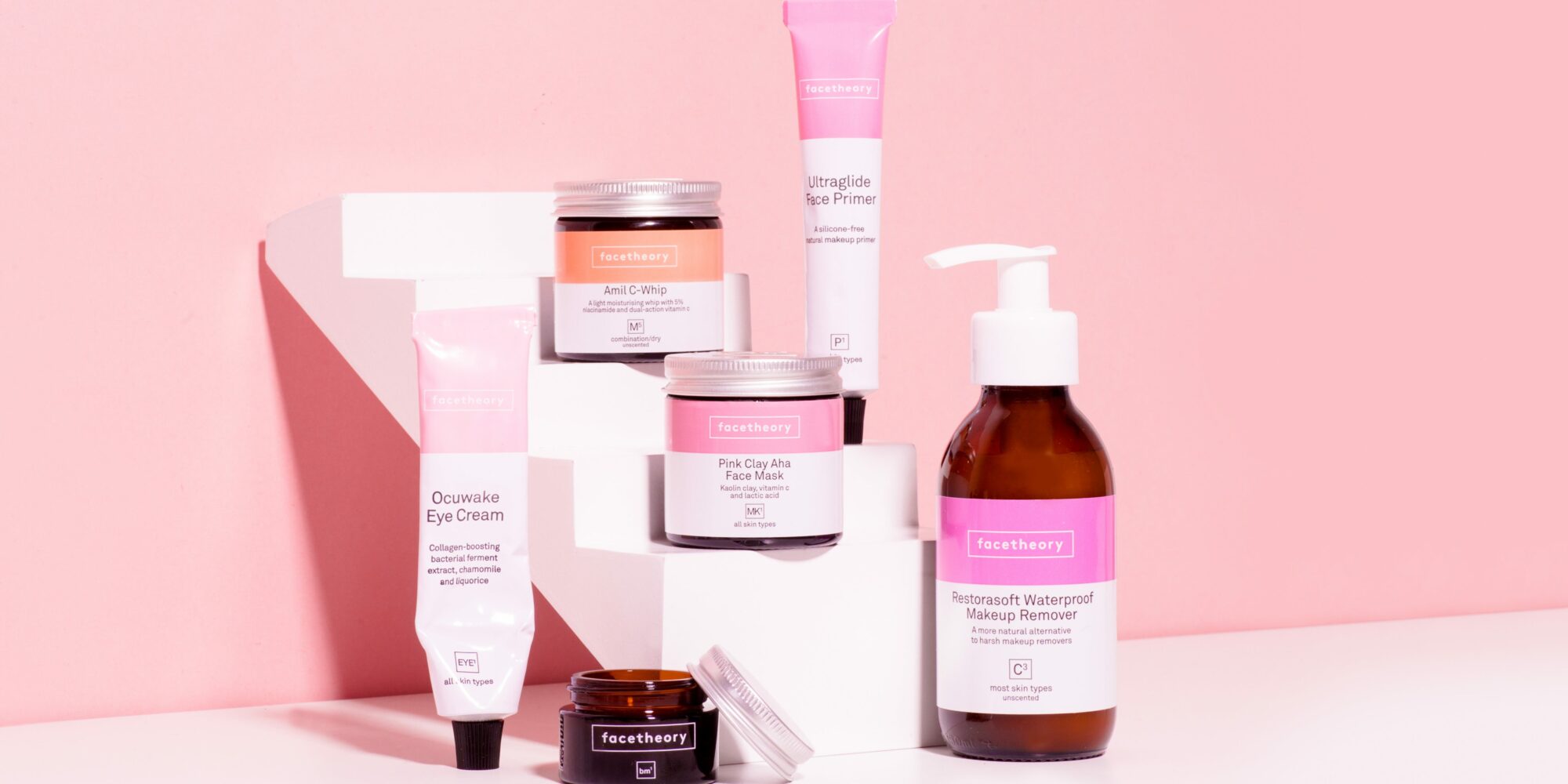
Active Partners’ Jason Mahendran On Why Expertise, Masstige Skincare And Metrics Showing Brand Love Are Critical Today
Partner Jason Mahendran has been integral in pointing London-based consumer-focused investment firm Active Partners’ capital compass toward the beauty industry. In 2021, it backed skincare brand Facetheory to the tune of 10 million pounds. Last year, it ventured into beauty again by participating in color cosmetics brand Vieve’s series A round securing 5.5 million pounds.
“Our approach at Active has really always been about the strength of amazing brands, brands that have a point of view and stand for something with amazing products and service at the core. We have done that historically across hospitality, travel and leisure, and apparel with brands like Soho House, where we were the first institutional investors,” says Mahendran. “Those are exactly the hallmarks that lead to brands thriving in beauty. To me, it felt like an opportunity to take that approach to investing and value creation and apply it to a super exciting category where there are high-quality entrepreneurs, lots of product innovation and a range of strategic acquirers interested in buying businesses.”
In a recent interview with Beauty Independent, Mahendran, who started his career in investment banking at J.P Morgan and later worked in corporate strategy at Woolworths and deal guidance at BB Retail Capital prior to joining Active Partners in 2016, elaborated on the importance of expertise in today’s beauty market, metrics entrepreneurs should be zeroing in on, beauty segments he’s drawn to and a crucial element of brand building founders shouldn’t overlook.
Are you thinking about the way you invest and have relationships with brands this year differently than you might have in the past?
At Active, we’ve always valued the importance of profitability at the unit or transaction level. In some ways, the way that the economy has traveled over the past 12 months hasn’t changed that focus for us. It’s not just about more money to fund losses and pumping scale into brands, but really looking for those propositions that are inherently already working with the consumer and have already demonstrated product-market fit and ideally have demonstrated that in multiple channels or in multiple geographies.
We have always been big believers in sustainable growth. The market had gone through a period where maybe some investors, but some founders as well, had lost sight of that and there was this growth-at-all-cost mentality. It feels like it’s returning to the core, which is you have to have amazing product, you have to have amazing service, you have to price sensibly, and you have to grow profitably. That’s what we’ve been looking for the past couple of years, and that’s what we’ll continue to look for.
There are definitely things that we’re always doing differently. It’s being more responsive to how the consumer is evolving, and what trends are continuing to gain traction. From a business perspective, what we have been doing is advising our founders and leadership teams to be protective and mindful of where they’re investing in their businesses and be realistic around what is going to be achievable, where will growth actually come from. We’re probably more mindful of that in this market than last year or the year before, but I would say that that has always been a focus of ours.
What trends are continuing to gain traction?
Whilst DTC in an e-commerce-led way had an amazing time during the pandemic, there has been a normalization of that. So, we are cognizant of brands that can thrive in an omnichannel way, and that means recognizing how you win online and in a physical environment, but also how you might win on Amazon and how you might win through a clinician-led or aesthetician-led channel.
Brands that can really express themselves in different ways across different channels is certainly something that we’re ever more focused on right now. Specific price points is another area. Facetheory, our skincare brand, we got really excited about because of its masstige positioning. We backed that before times had become more challenging for the consumer, but one of the things we always look at is where has there been maybe a bit less M&A activity and less investment and looking at that becoming the next wave.
We looked at the premium end of skincare and a lot of activity felt like it had happened there, and we felt there was more to come in mass and masstige. Now I suppose that has come to bear in the sense that the price-value equation is all the more important to the consumer at this point in time. Brands that can demonstrate a strong price positioning in line with product quality are more of the focus for us right now.
From a sub-sector perspective, haircare around hair growth is an area where we think the premiumization wave is still emerging. There is the mentality of high-low, and consumers will look for moments of indulgence, treats and new situations where they can treat themselves. I think haircare is a really interesting category from that perspective, where there probably hasn’t been that same element of premiumization from a brand perspective, but also in a retail environment and how consumers shop that.
We are not just looking at the current economic climate and going mass is everything. It varies a lot category by category. Haircare specifically is one where we remain really excited about the premiumization trend and to touch on one other area is in and around wellness and supplements, beauty from within. It’s an area where we yet haven’t played. We’re looking for those opportunities that blend into the intersection between beauty and health meaningfully. That links back to the pandemic and how consumers seem to be ever more focused on preventative wellness. We see that as an area that is awaiting a breakthrough from a consumer adoption perspective.

If you had a crystal ball to look at what might happen from an M&A perspective in skincare going forward, walk us through what you would see in it.
We’ve been through a wave of consumer brands, a number of which have been influencer-led, but not necessarily with an obvious logic or product expertise. Where we’re going now is consumers being much more savvy and having much more expectation on the brands and products they want to buy.
We’re seeing that manifest in problem-solution brands, but recognizing that problem-solution doesn’t have to mean premium actually. Making those problem-solution brands more accessible is where we are seeing there be an appetite from consumers, and we expect that to manifest in M&A in terms of how the majors are thinking about building their portfolio over time.
Facetheory is an example of where it’s genuinely inclusive and genuinely driving forward a meaningful ESG agenda. If you are a brand and you want to stand out from the crowd, this will become more important to acquirers going forward. You’ve got to be extremely specific, data-led and authentic in how does clean manifest itself?
What do you mean by data-led when it comes to ESG?
It’s about having a really solid understanding of your supply chain and being able to, if you want to make claims, have information to demonstrate that. One thing we were excited about with Facetheory is they have all of their manufacturing in-house, which is unusual for the category. What that allows you to do is actually be able to stand behind what you are saying because you do it yourself and you can then capture the information to demonstrate that.
As I said, consumers are becoming much more savvy and expecting brands to have information if they’re going to make claims. Going forward, that is what acquirers will be looking for as well. That’s a journey for brands to go on, and I think that we’re still relatively early on in that journey. There are more and more tools being innovated, and businesses will support brands to capture the right kind of information and data.
What’s your take on investor interest in the med-spa segment?
One consideration from an investor perspective is, as you scale those businesses, what’s the natural home for them? They might make sense as standalone investments and can be cash-generative businesses, but there isn’t a clear track record for strategic buyers to be making purchases of more service-led businesses.
What could be interesting, but I think still needs to be proven, is business models where service and product come together, and the role of the clinic is not just about the service in isolation. Perhaps it’s dermatologist-led, and there might also be a digital at-home component to the treatment. Then, there is a product that is a part of the treatment journey for a consumer to go on, which clearly would be touching on the theme of personalization as well.
If businesses and brands can become habitual in that way, and it feels genuinely innovative, and they’re not the service-led models of old, but are digital as well as in person as well as product, I think there definitely can be a role for those types of businesses. We’ve talked about that type of business quite a lot at Active over the past couple of years.
To be honest, we haven’t found anything that really ticks those boxes for us in a clear and compelling enough way. It’s something we’re looking for, but not something that we have found one and gone, yeah, that’s the one, they’re doing it really well. We might just be too early in that consumer adoption journey or maybe there isn’t strong product-market fit or someone hasn’t quite found the proposition that’s really going to get consumers excited yet.
We’ve seen that wellness, particularly ingestibles, has been tough in beauty retail environments, and there’s been churn in the DTC model. Is there an area within wellness that you can look at that maybe has more of a moat around it and upside?
On the point on ingestibles and beauty from within and how to make that category thrive in a retail environment, my personal view is that can be really challenging. How you bring experience into the retail environment for that product category is not clear in the same way as it is for skincare, fragrance or cosmetics, where there is texture, color and smell. That is what is exciting about shopping beauty, and that’s what consumers enjoy, and it’s a big part of the experience, so I think there is that inherent challenge which the category will have, and it isn’t obvious how it will navigate it.
I think that science plays a really important role in that category, but it is crowded and difficult to be able to genuinely demonstrate the point of differentiation exactly and create the moat. Personalization and good UX can get you some of the way, and subscription within this category certainly plays a role in that.
Our perspective is that subscription in some ways became this panacea that for any DTC business not just in a category such as supplements where maybe it does make more sense, but it became this panacea across lots of categories in DTC, and I think there’s a small subset of areas where subscription genuinely makes sense. This might be one of them. With good UX and a smart subscription model, you could see it working, and there have been some examples of that, but I think that the subscription model, in and of itself, has probably gone too far and wide.
Where in wellness do you have a moat? It has to start with amazing product, and it’s probably something that is more regime-led, where it’s not just about the ingestible, but it is maybe something that is an ingestible and something that is topical, with some good content and education around it, and then community as well. Some of the brands we have backed that we are really, really excited about have that strong community. Facetheory is a good example where you have the community directly talking to one another and sharing their experiences of products.
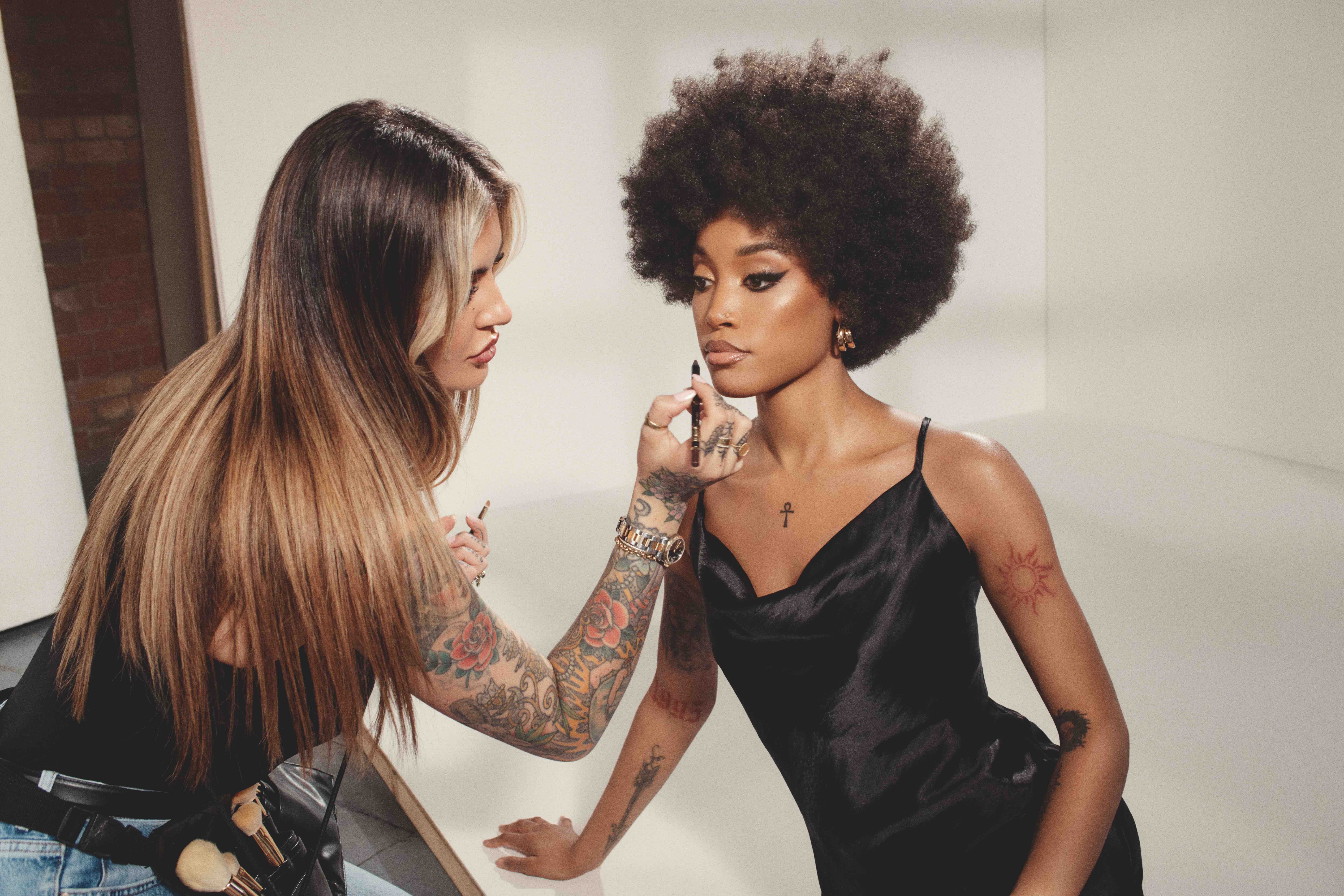
You’ve invested in influencer-led brand Vieve. What do you see going on in the influencer- and celebrity-led brand arena?
It’s been really interesting watching the journey that celebrity has played certainly over the last few years. Our perspective is it is not one size fits all. Vieve is founded by the amazing Jamie [Genevieve]. She’s not an influencer in the sense that she is a makeup artist first and foremost. She has spent years in the category having started working at a makeup counter through to being a successful professional makeup artist and then building this amazing following.
For us, there is a really clear distinction between brands which have celebrity as a figurehead or a face, but without expertise, and individuals who are highly credible and experts such as Jamie that have lived and breathed their specific area for years. Expert-led is really how we think about that, and we see that as continuing to be more and more relevant.
When we think about skincare and haircare, we get excited about the brands that the experts are getting excited about and the role that they can play in brand building as opposed to someone famous that has an amazing following and, therefore, people are just going to like that. That wave of brand growth, I wouldn’t say it’s disappeared, that will always actually have its role, but the product-market fit I think is just much harder. The chances of getting that right feel lower at the moment than they have historically.
There was SPAC activity in the recent past that’s gone by the wayside. How do you see the field of strategic acquirers shifting?
There was undoubtedly a lot of hype type activity that this happened over the last couple of years across a number of different sectors, and beauty was a part of that, whether that manifested in SPACs or valuation multiples that were more applicable to tech-type businesses.
For me, one of the reasons I’m excited about beauty and have been excited about beauty for a number of years is that investor and acquirer appetite has proven to be resilient, and that’s because the brands have proven to be resilient when product-market fit is right. These are strong economic models when you have that product-market fit.
Whilst entrants will come and go in the category, there have been the major beauty houses that have clearly stood the test of time. You’ve also got FMCG-led businesses that are interested or have already demonstrated that they want to build beauty divisions and recognize the value of being in this category.
There will obviously be periods where there’s more frenzied activity, and that’s what we saw in the last couple of years, but the overall long-term trend continues to be upwards because of the fundamentals within this category. I think there will actually continue to be more and more competition and interest for successful beauty brands.
Are there channels within an omnichannel approach you think are on the rise?
Amazon will continue to be a fixture of the beauty landscape going forward. It provides a clear solution to consumers. So, it’s up to beauty brands to understand that channel better and how to maintain a quality customer experience through that channel. Retail won’t go away, and I think that it is really for me about discovery.
How you actually win that discovery from a brand’s perspective will become more important. How do you execute in a meaningful, memorable, creative way? How do you merchandise well such that it’s sufficiently easy for consumers to navigate? How do you make packaging differentiated? If you’ve got fewer individual retail visits from each consumer, how do you make an impact at the aisle? And how do you partner with retailers to have that impact?
The retailers are showing much more partnership towards independent brands. Sephora is a great example of that. Facetheory is about to launch with Sephora in Asia, and I think that they’ve done such great job of showcasing independent brands.
That role of discovery in retail will continue to become ever more important whilst the digital channel has its own different role to play, a functional transactional role at the end of the funnel and at the top of the funnel in helping consumers understand ingredients better and what different brands and types of products are available.
So, what does that full funnel look like? It starts digitally, touches stores at some point, then might go a brand website, but equally might go to Amazon. Brands that understand that full journey well are the brands that will thrive in the way that consumers are looking to engage with brands and shop.
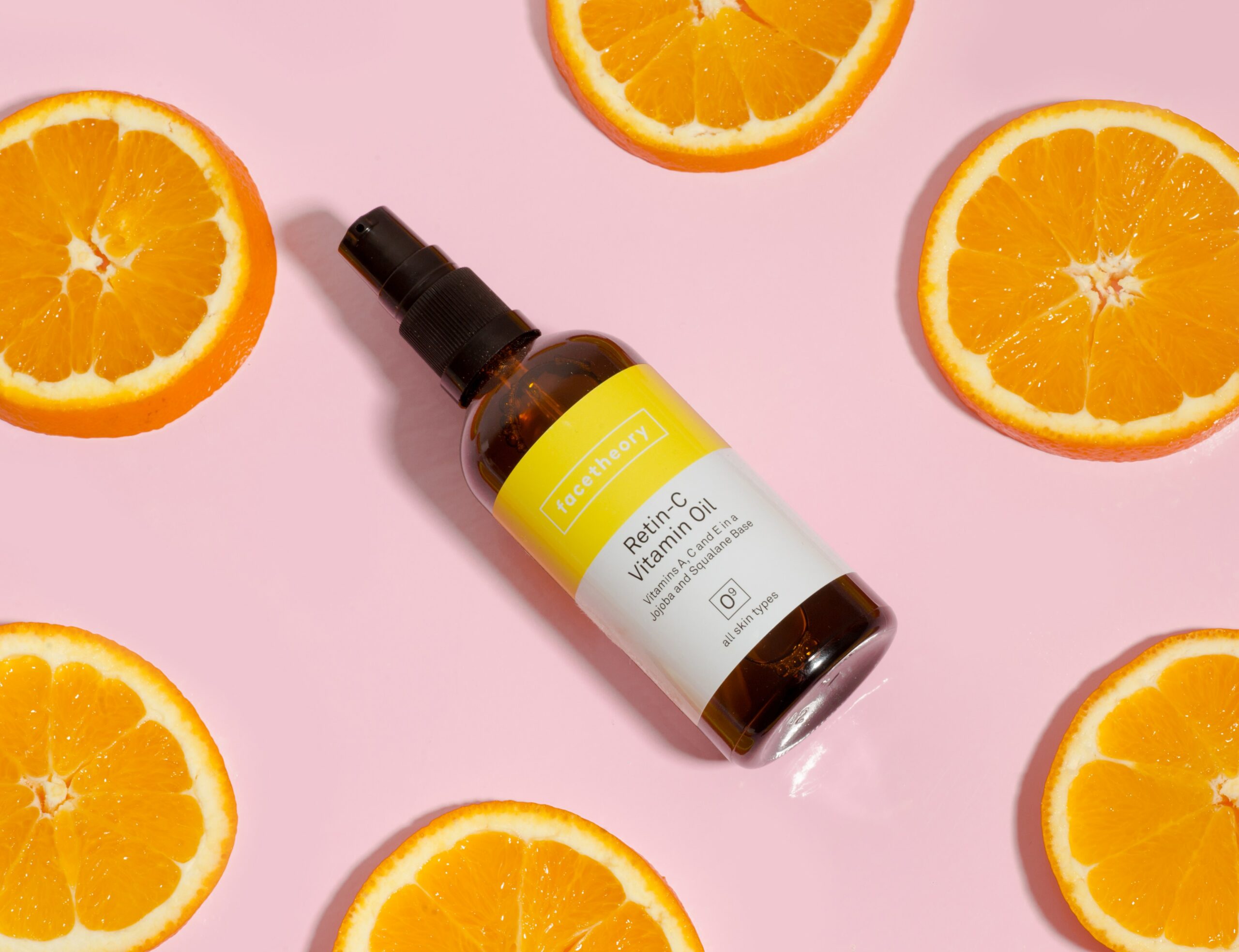
Are there metrics you zero in on that early-stage brand founders aren’t looking at as much as they should?
With our focus on whether consumers really love a brand, we think about metrics that best demonstrate that. We go to the likes of NPS, which is on most people’s radars, but we also look at community engagement across social media, which will be more than just follower growth, but it will be the volume of comments. Is the brand featuring in forum discussions on platforms outside of just Instagram? And we will look at TikTok engagement. We will deep dive into that social media piece.
We will also look at the ratings and reviews across all of the ratings and reviews platforms. That might be on the retailer websites, whether that’s on Target, Ulta or Sephora. It might also be on Google or the company’s own website. We will really go through those product by product.
What is working and what is not working? What do people love, and why? We will try to match that with sales data product by product to really build up a picture of what’s driving engagement and how that speaks to the future plans for the business.
We will then look at the standard DTC metrics: repeat rates and retention. If a brand is in retail, we will look at sales velocity. We’ll deep dive into the profitability and look at margins by channel. One area that we love getting into that I think often I’m expecting more from founders on and where I think there’s an opportunity for them to showcase their brands better is in basket analytics.
By that I mean, how are consumers shopping the range? What product is in a basket with what other product? Why are those two or three or four products together? For your customers that come back and repeat, what are the products they first bought? Then, what are they coming back to when they’re coming back to the website?
We’ve done post-purchase surveys. What’s been that cause of that repeat I think is really interesting. How does price play into those repeat dynamics? Retention is the best benchmark of how successful a beauty brand will be over time, and we really deep dive into that from a data perspective.
How do you view Western consumers being driving forces in beauty relative to the rest of the world?
Historically, beauty products have been developed in the West with Western consumers in mind. That, for me isn’t what the future of beauty will look like. We’re certainly starting to see from the major houses as well as the independents in the category much more inclusivity around product development and thinking much more about global consumers and different needs of different consumers in various parts of the world. That’s one lens.
The second lens is the fact that the historic approach has been that Western brands will just appeal to consumers in other markets and Western brands can lead on innovation. Again, I think that’s no longer as relevant. There is much more of an awareness that innovation can come from anywhere.
K-Beauty gets a lot of attention, but there are lots of pockets of innovation in different markets that are getting attention globally. If you now talk about Australian beauty, people in the industry have a much clearer idea of what that looks like and feels like. It’s really exciting to see that beauty brands can emerge anywhere and be successful in lots of different markets.
On the other hand, you see that to succeed brands do need to understand their local consumers and speak to local markets in a way that’s going to resonate with them. It all speaks to the fact that the beauty consumer is becoming much more connected and clearly a lot of that is facilitated by how brands express themselves digitally. And retailers are becoming much more global themselves and are present in a lot of markets. They can also play that role of showcasing best-in-class global brands to consumers across multiple markets.
How should startups in the categories Active Partners covers be reacting to the recent bank failures?
The last three years have taught us the importance of having an element of scenario planning and flexibility to manage cash, and this has brought that to the fore once again. This is yet another hurdle for startups to navigate, but I think it’s key to remain measured in evaluating exactly how exposed you are.
Beyond the response of ensuring you are diversifying where you hold funds, being prepared for several eventualities will ultimately give you optionality when crises arise. A further consequence here could be a quieter venture debt market for a period of time. So, if businesses were planning on accessing that pool of capital, it may be worth being cautious over how long that could take and how realistic it is to unlock.
How should founders of emerging brands think about growing in the market today?
I would advise founders to really start with nailing product-market fit, so understanding what problem you are solving for consumers with the product that you are developing or bringing to market. Is that positioning resonating? And are you then able to reach your customers through multiple channels to demonstrate that? Really make sure you understand why your product is resonating with consumers before starting to then aggressively grow.
There’s been plenty of examples of businesses that have been loss-making because they have aggressively invested in growth without first nailing that product-market fit. I would say really focus on understanding your consumer, how your product fits into their needs, and how you communicate that to them before thinking about aggressive scaling. That will, ultimately, lead to something which is a much more sustainable brand.

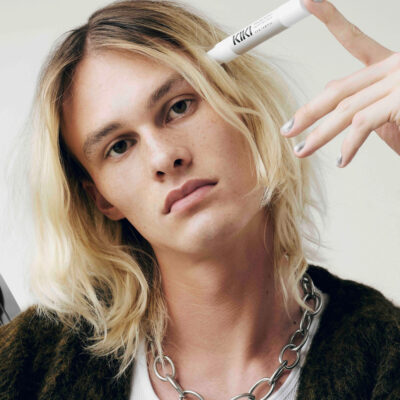
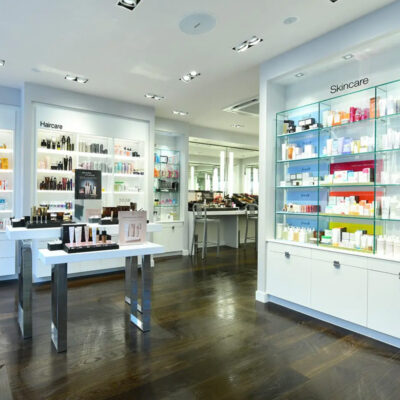
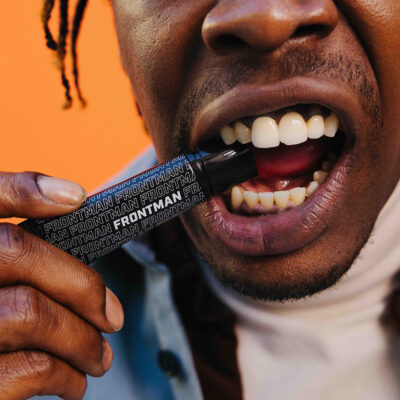
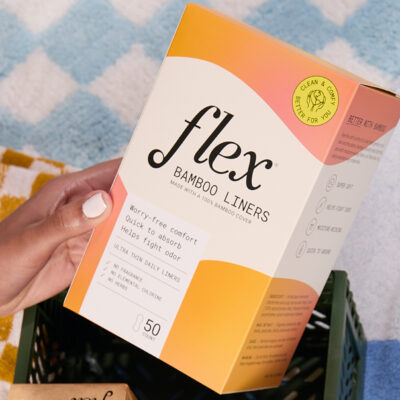
Leave a Reply
You must be logged in to post a comment.